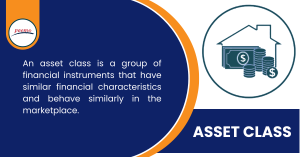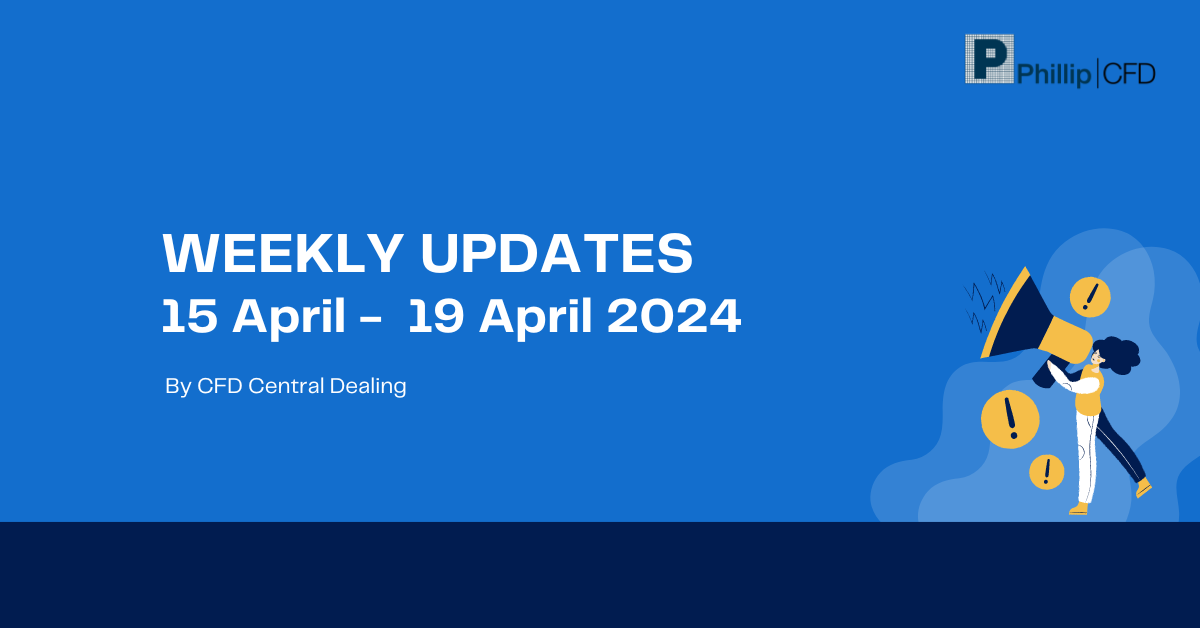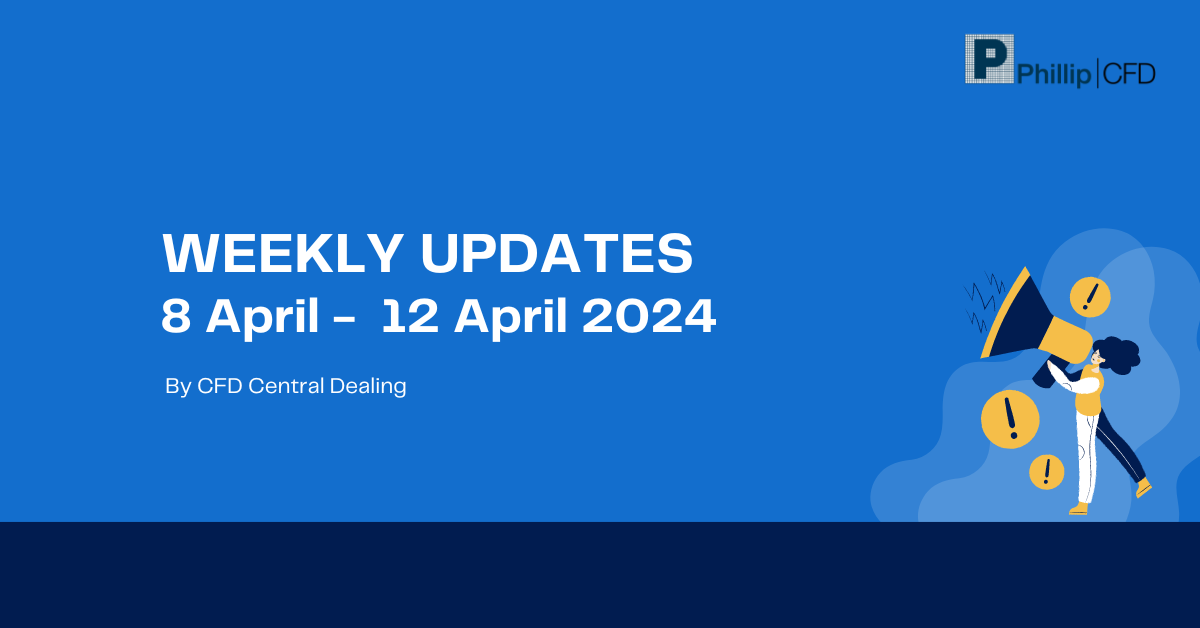Asset class
Table of Contents
Asset class
The world of investing is dynamic and constantly changing. But over the long term, investors who take the time to comprehend the fundamental ideas and the many asset classes benefit greatly.
You must understand which asset class your money is allocated to when you invest. And the investor’s understanding of finance has undoubtedly improved with the division asset classes.
Here, we’ll look deeper at asset classes.

Overview of asset classes
An asset class is a collection or set of securities with comparable traits and market activity. They are often traded on the same financial exchanges and are governed by the same laws. To help investors swiftly diversify their portfolios, experts use various investing methods across multiple asset classes.
Asset classes have different risk considerations, taxes, return rates, liquidity, tenures, and market volatility. As a result, investors usually depend on asset class diversification to maximize returns at the lowest possible cost.
Types of asset classes
To categorise asset classes, you must consider a variety of factors. You can divide them into categories depending on their uses, geographic locations, or the marketplaces they operate in, such as domestic assets, foreign or international investments, and emerging economies and developed markets.
There’s considerable argument regarding just how many types of assets there are. Nonetheless, market researchers and financial advisors commonly use the following groups of assets. Let’s examine their unique features and distinctive selling points:
- Fixed Income
Fixed-income securities are debts divided into parts and offered for sale to investors as fixed-income instruments. Here, investors pay the initial principal amount and then get interest payments until the asset matures.
You might be wondering if this an investment? Well, you allow the bank to borrow money from you in exchange for liquidity, pre-agreed returns, and capital safety.
Unlike stocks, where the principal doesn’t appreciate over time, fixed-income instruments are supposed to generate steady income.
- Equity
Equity is a unique asset class, and has become more well-known in recent years. What exactly are equities? More precisely, they are stocks, which are shares of ownership in a company.
According to investor demand, the company’s efficiency, and other variables, the value of stocks or equities may increase or decrease. Stocks ought to ideally appreciate over time, giving investors profits. There are also dividend payments made on some equities.
- Real Estate
The most typical alternative investment, particularly for beginners, is real estate. As the name suggests, it concentrates on plots, residences, offices, warehouses, industrial parks, villas, etc.
To ease investors’ assessment of potential investment properties, the real estate sector divides the asset class into several property and property classes.
- Commodities
Although they have historically provided greater returns, commodities remain one of the most unpredictable asset classes. And despite being one of the more volatile asset groups accessible, commodities may have provided excellent returns.
Depending on the demand, the price may go up or down. But unless it is gold or silver, commodities should not be considered long-term investments. Make sure to purchase when prices are low and sell when they rise.
- Cash and cash equivalents
Short-term investment is best served by cash and cash equivalents. Do not forget that they are also referred to as money market instruments. Such investments have liquidity as their main benefit. It extends beyond money and includes idle funds in savings accounts and other liquid assets.
Treasury bills, commercial papers, and other highly liquid products having maturities of up to a year are examples of cash equivalents. As a result, funds placed in cash and cash equivalents are readily available.
Diversification and asset classes
Diversification is a crucial element of any investment strategy, and various asset classes can be used to achieve this. Each asset class has its risks and rewards, so it’s essential to understand how they work before investing.
Diversifying your portfolio across multiple asset classes can help to manage risk and improve your chances of achieving your investment goals.
Knowing which asset class, a given investment belongs to is not necessary. Simply grasping the fundamental idea that there are broad, generic kinds of investments is sufficient. Through the strategy of diversification, you may lower your total risk by distributing your assets over a variety of asset types.
Investment strategies for different assets
Investment strategies depend on several variables, including growth, value, revenue, etc. Here are a few of the several methods used to determine asset allocation:
- Strategic asset allocation
In this approach, a fund manager or an individual investor makes investments in a comparable mix of assets based on the anticipated rates of return for each asset class.
- Dynamic asset allocation
This approach routinely modifies the mix of assets a person has invested in response to changes in the markets or the health of the economy.
- Insured asset allocation
Using an insured asset allocation method, you may define a minimum portfolio value below which the portfolio shouldn’t fall.
- Integrated asset allocation
When determining an asset mix, this strategy considers variables, including a person’s risk tolerance and economic expectations.
Choosing an investment strategy: Basic tips
Various investment strategies can be employed when investing in different asset classes.
For example, when investing in stocks, a common strategy is to diversify one’s portfolio across several companies to mitigate risk.
Another strategy that can be used when investing in stocks is to buy those undervalued by the market and hold them until they reach their fair value.
When investing in bonds, a common strategy is to ladder one’s portfolio, which means investing in bonds with different maturities to achieve stability and income.
Several strategies can be employed when investing in real estate, such as investing in REITs or investing in property directly.
Frequently Asked Questions
Asset classes are collections of related investments. Stocks and equities, funds, fixed-income securities, cash and cash equivalents, and alternative investments are the five primary asset classes.
There are 17 major asset classes. These asset classes include stocks, bonds, cash, real estate, commodities, and more. Each asset class has its own risks and rewards, so it’s important to diversify your portfolio across several asset classes to reduce your overall risk.
There are a variety of asset classes and sub-asset classes available to investors. The most common asset classes are stocks, bonds, and cash equivalents. Each asset class has its own characteristics, risks, and return potential.
There are many sub-asset classes within the broader asset class of equities. Examples of sub-asset classes include large cap stocks, small cap stocks, growth stocks, value stocks, and international stocks.
There are many different asset classes and financial instruments available to investors. The most common asset classes are stocks, bonds, and cash. Other asset classes include real estate, commodities, and derivatives.
Financial instruments include both debt and equity instruments. Debt instruments include bonds and loans. Equity instruments include stocks and ownership interests in businesses.
There is no definitive answer to this question as different asset classes have performed differently at different points in history. Some asset classes, such as stocks, have generally outperformed others, such as bonds, over the long term. However, there have been periods in which bonds have outperformed stocks.
Related Terms
- Adjusted distributed income
- International securities exchanges
- Margin Requirement
- Pledged Asset
- Stochastic Oscillator
- Prepayment risk
- Homemade leverage
- Prime bank investments
- ESG
- Capitulation
- Shareholder service fees
- Insurable Interest
- Minority Interest
- Passive Investing
- Market cycle
- Adjusted distributed income
- International securities exchanges
- Margin Requirement
- Pledged Asset
- Stochastic Oscillator
- Prepayment risk
- Homemade leverage
- Prime bank investments
- ESG
- Capitulation
- Shareholder service fees
- Insurable Interest
- Minority Interest
- Passive Investing
- Market cycle
- Progressive tax
- Correlation
- NFT
- Carbon credits
- Hyperinflation
- Hostile takeover
- Travel insurance
- Money market
- Dividend investing
- Digital Assets
- Coupon yield
- Counterparty
- Sharpe ratio
- Alpha and beta
- Investment advisory
- Wealth management
- Variable annuity
- Asset management
- Value of Land
- Investment Policy
- Investment Horizon
- Forward Contracts
- Equity Hedging
- Encumbrance
- Money Market Instruments
- Share Market
- Opening price
- Transfer of Shares
- Alternative investments
- Lumpsum
- Derivatives market
- Operating assets
- Hypothecation
- Accumulated dividend
- Assets under management
- Endowment
- Return on investment
- Investments
- Acceleration clause
- Heat maps
- Lock-in period
- Tranches
- Stock Keeping Unit
- Real Estate Investment Trusts
- Prospectus
- Turnover
- Tangible assets
- Preference Shares
- Open-ended investment company
- Standard deviation
- Independent financial adviser
- ESG investing
- Earnest Money
- Primary market
- Leveraged Loan
- Transferring assets
- Shares
- Fixed annuity
- Underlying asset
- Quick asset
- Portfolio
- Mutual fund
- Xenocurrency
- Bitcoin Mining
- Option contract
- Depreciation
- Inflation
- Cryptocurrency
- Options
- Asset
- Reinvestment option
- Capital appreciation
- Style Box
- Top-down Investing
- Trail commission
- Unit holder
- Yield curve
- Rebalancing
- Vesting
- Private equity
- Bull Market
- Absolute Return
- Leaseback
- Impact investing
- Venture Capital
- Buy limit
- Asset stripper
- Volatility
- Investment objective
- Annuity
- Sustainable investing
- Face-amount certificate
- Lipper ratings
- Investment stewardship
- Average accounting return
- Active management
- Breakpoint
- Expense ratio
- Bear market
- Annualised rate of return
- Hedging
- Equity options
- Dollar-Cost Averaging (DCA)
- Due Diligence
- Contrarian Investor
Most Popular Terms
Other Terms
- Settlement currency
- Federal funds rate
- Active Tranche
- Convertible Securities
- Synthetic ETF
- Physical ETF
- Initial Public Offering
- Buyback
- Secondary Sharing
- Bookrunner
- Notional amount
- Negative convexity
- Jumbo pools
- Inverse floater
- Forward Swap
- Underwriting risk
- Reinvestment risk
- Final Maturity Date
- Payment Date
- Secondary Market
- Mark-to-market
- Yield Pickup
- Subordinated Debt
- Trailing Stops
- Treasury Stock Method
- Bullet Bonds
- Basket Trade
- Contrarian Strategy
- Exchange Control
- Notional Value
- Relevant Cost
- Dow Theory
- Speculation
- Stub
- Trading Volume
- Going Long
- Pink sheet stocks
- Rand cost averaging
- Sustainable investment
- Stop-limit sell order
- Economic Bubble
- Ask Price
- Constant prepayment rate
- Covenants
- Stock symbol
- Companion tranche
- Synthetic replication
- Bourse
- Beneficiary
- Witching Hour
Know More about
Tools/Educational Resources
Markets Offered by POEMS
Read the Latest Market Journal

Navigating the vast world of unit trusts can be daunting. With nearly 2000 funds available...

Predicting Trend Reversals with Candlestick Patterns for Beginners
Candlestick patterns are used to predict the future direction of price movements as they contain...

In the diverse and complex world of investing, unit trusts stand out as a popular...

Back in Business: The Return of IPOs & Top Traded Counters in March 2024
Start trading on POEMS! Open a free account here! At a glance: Major indices continue...

Weekly Updates 15/4/24 – 19/4/24
This weekly update is designed to help you stay informed and relate economic and company...

From $50 to $100: Unveiling the Impact of Inflation
In recent years, inflation has become a hot topic, evoking strong emotions as the cost...

Japan’s Economic Resurgence: Unveiling the Tailwinds Behind Nikkei 225’s Record Leap
Source: eSignal, Intercontinental Exchange, Inc. In the heart of Japan’s economic landscape, the Nikkei 225...

Weekly Updates 8/4/24 – 12/4/24
This weekly update is designed to help you stay informed and relate economic and...












